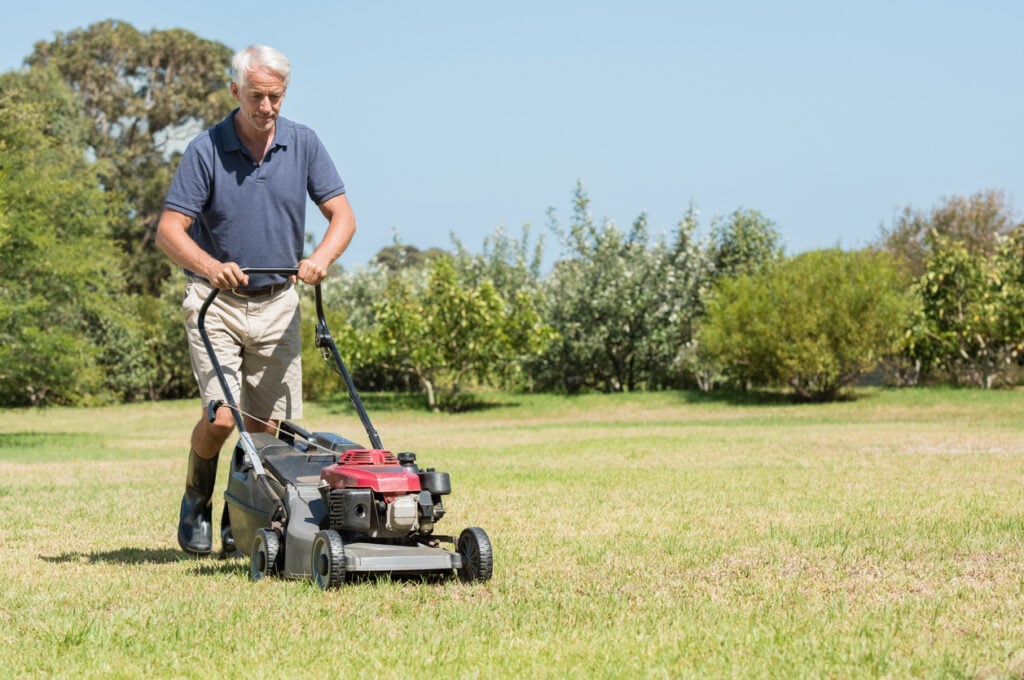Things that were totally normal in the ‘60s but could get you canceled today.

Times change, and so do social norms. What was once a regular part of everyday life in the 1960s would raise eyebrows—or spark outrage—today. Some things were innocent, some were questionable, and others were downright shocking by today’s standards.
Here’s a look at what used to be common back in the day but could get you canceled in the modern world.
1. Smoking everywhere, including hospitals and airplanes.

Back in the ‘60s, lighting up a cigarette was as normal as drinking a cup of coffee. You could smoke in hospitals, restaurants, offices, and even on airplanes. No one batted an eye if you offered a cigarette to a coworker in the middle of a meeting.
Fast forward to today, and smoking is heavily restricted, with strict no-smoking policies in most public places. With all we know about secondhand smoke and health risks, lighting up in a hospital would cause outrage. It’s one of the most drastic shifts in social norms over the decades.
2. Making off-color jokes without consequences.

Jokes about race, gender, and other sensitive topics were commonplace in entertainment and daily conversation. TV shows, stand-up comedians, and workplace banter were filled with what would now be considered highly offensive remarks.
Today, those same jokes could result in immediate backlash, social media outrage, and even job loss. Cultural awareness has evolved, and what once passed as humor is now seen as perpetuating harmful stereotypes. Many people have learned the hard way that past jokes don’t always age well.
3. Corporal punishment in schools.

Teachers had paddles, and they weren’t afraid to use them. It was common for students to be physically disciplined for misbehavior, and parents often supported it. Schools had designated paddling areas, and getting “licks” was just part of the discipline system.
Today, corporal punishment is banned in most states, and any form of physical discipline is widely condemned, except in these states. Hitting a student would likely result in legal action and widespread public outrage, as society has shifted toward non-violent methods of discipline.
4. Casual workplace sexism and “Mad Men”-style office culture.

Workplaces in the ‘60s were male-dominated environments where sexism wasn’t just tolerated—it was expected. Women were often relegated to secretarial roles, referred to as “sweetheart” or “doll” by male colleagues, and faced constant inappropriate comments.
Today, workplace harassment policies are strictly enforced, and what was once seen as normal office behavior is now recognized as toxic and unacceptable. Companies now prioritize diversity, equality, and respectful treatment, and those who violate these standards face serious consequences.
5. Letting kids roam free without supervision.

Children in the ‘60s had unparalleled freedom. They left home in the morning, played outside all day, and returned when the streetlights came on—without parents worrying about their safety. Hitchhiking was also a common and widely accepted way to get around.
Now, letting a child roam unsupervised could lead to intervention from Child Protective Services. Parents are far more cautious, and hitchhiking is seen as dangerous rather than adventurous. Safety concerns have drastically changed how kids are raised and monitored.
6. Culturally insensitive Halloween costumes.

In the ‘60s, dressing up as a different race, ethnicity, or cultural stereotype for Halloween was not only accepted but encouraged. Many store-bought costumes featured exaggerated and offensive portrayals of different cultures.
In today’s world, cultural appropriation is a major issue, and wearing a costume that misrepresents or disrespects another culture can lead to severe backlash. Awareness of cultural sensitivity has grown, and many costumes that were once seen as harmless are now widely condemned.
7. Using slurs and outdated terminology casually.

Many words that were once used casually in everyday conversation are now considered offensive. Terms referring to race, gender, disability, and sexual orientation that were commonplace in the ‘60s would now lead to immediate condemnation.
Language evolves, and what was once normalized has been replaced by more respectful and inclusive terminology. People today are far more mindful of the words they use and how they impact others.
8. Drinking and driving without major consequences.

Drunk driving laws were much more relaxed in the ‘60s. People regularly drove home after a night of drinking, and law enforcement was far less strict about enforcing DUI laws. There was little social stigma attached to it.
Today, DUI laws are much tougher, and drunk driving is considered highly irresponsible and dangerous. Getting caught driving under the influence can lead to heavy fines, loss of a license, or even jail time. Public campaigns and strict enforcement have changed attitudes toward drinking and driving entirely.
9. Littering without a second thought.

People in the ‘60s thought nothing of tossing trash out of car windows or leaving picnic areas covered in garbage. Environmental concerns weren’t widely discussed, and recycling programs were nearly nonexistent.
Now, littering is seen as an unacceptable environmental offense. Campaigns promoting sustainability, the rise of eco-conscious living, and stricter laws have made pollution a major societal concern. What was once normal behavior is now met with heavy fines and public shaming.
10. Smoking and drinking while pregnant.

Expecting mothers in the ‘60s often smoked and drank without any stigma. In fact, some doctors even recommended smoking to help with stress, and drinking alcohol was considered perfectly fine in moderation.
Modern medicine has made it clear that smoking and drinking during pregnancy can lead to serious birth defects and developmental issues. Today, expectant mothers are advised to completely avoid these substances, and doing otherwise is met with heavy judgment.
11. Spanking kids in public.

Parents openly spanking their children in public was once seen as normal and even necessary for discipline. No one batted an eye if a child was swatted in a grocery store or a restaurant.
Now, public spanking is frowned upon, and some even consider it abusive. Many parenting experts advocate for non-violent discipline methods, and parents who hit their children in public risk judgment or intervention.
12. Assuming gender roles without question.

In the ‘60s, gender roles were rigidly defined. Women were expected to be homemakers, and men were the breadwinners. Ads reinforced these stereotypes, and straying from traditional gender roles was rare.
Today, gender roles are far more fluid, and expectations have evolved. The idea that men must be tough and women must be nurturing is widely challenged, and anyone pushing outdated gender norms faces strong criticism.
13. Casual racism in advertising and entertainment.

Many commercials, TV shows, and movies from the ‘60s contained blatantly racist portrayals that were considered acceptable at the time. Characters and ads used offensive stereotypes that would be unthinkable in today’s media landscape.
Modern audiences expect inclusivity and sensitivity in entertainment, and outdated portrayals often lead to backlash. Many older movies and shows now come with disclaimers acknowledging their problematic content.
14. Treating mental health issues as a joke.

Mental health was rarely taken seriously in the ‘60s. Therapy was stigmatized, and people struggling with anxiety or depression were often told to “toughen up” rather than seek help.
Today, mental health is recognized as an essential part of overall well-being. Therapy is widely accepted, and dismissing mental health concerns as weakness is met with strong pushback. The shift toward mental health awareness has been one of the biggest social changes over the past few decades.
